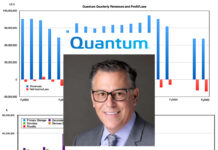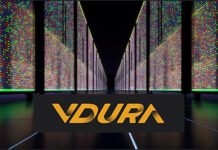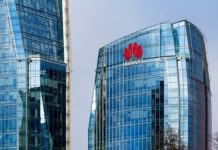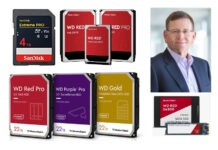Kioxia believes SATA SSDs disappearing and has launched an updated value-SAS SSD, saying it’s available in HPE’s Gen 7 ProLiant servers and being used in HPE’s Spaceborne Computer-2 (SBC-2).
The RM5 line was first announced by Toshiba in 2018, shipping in 2019, and positioned as better than SATA with more IOPS and bandwidth through its single 12Gbps port. The drive used 64-layer 3D NAND in TLC (3bits/cell) format, and came in 960 GB, 1.92 TB, 3.84 TB and 7.68 TB capacities. It was priced, Kioxia claimed, at SATA SSD levels. The RM6 gen 2 version, with the same capacities and 96-layer TLC NAND, was announced in 2022, with the Toshiba Memory business having been sold off and renamed Kioxia. Now we have the RM7, with the same 960 GB, 1.92 TB, 3.84 TB and 7.68 TB capacity points.
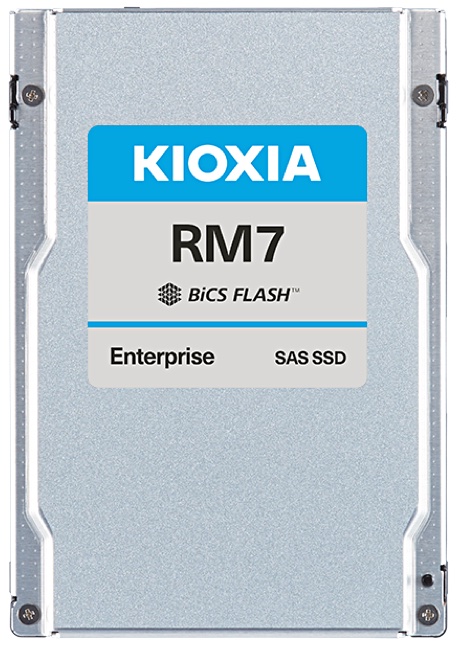
Faraz Velani, senior director and head of Go-to-Market for the Kioxia SSD Business Unit, provided a debut statement for the drive: “We are now proud to launch the 3rd generation of our Value SAS product line on HPE servers. With outer space being the most rugged and the furthest edge environment there is, we are very excited to have Value SAS as the core storage technology supporting HPE SBC-2 over the next several years, targeted for the International Space Station.”
The RM7 is the RM6 upgraded, we understand, to 112-layer TLC 3D NAND technology, but with the same capacity points as the RM5 and RM6. Like the RM6 it comes in 1 Drive Write per Day (DWPD) RM7-R read-optimized and 3DWPD RM7-V mixed use versions. The mixed use version (3DWPD) has a lower maximum capacity, with only 960 GB, 1.92 TB and 3.84 TB capacity points available.
Kioxia has a flagship HPE customer story with the RM7 and its use in HPE Spaceborne Computer-2. Norm Follett, Senior Director of Space Technologies & Solutions, HPE, had something flattering to say about this: “To further accelerate exploration with our Spaceborne project, HPE needed a storage technology that could handle the rigorous and harsh environments of space. Value SAS technology delivered on all the requirements and we’re pleased to collaborate with KIOXIA for our next mission to the ISS scheduled in January.”
We learnt about this from Kioxia in February this year, with the actual SSD product details withheld. Now we know. It’s the RM7 drive enjoying an HPE-assisted launch into orbit.



